Luxor Temple
Videos
Page
The Luxor Temple is a large Ancient Egyptian temple complex located on the east bank of the Nile River in the city today known as Luxor and was constructed approximately 1400 BCE. In the Egyptian language it was known as ipet resyt, "the southern sanctuary". It was one of the two primary temples on the east bank, the other being Karnak. Unlike the other temples in Thebes, Luxor temple is not dedicated to a cult god or a deified version of the pharaoh in death. Instead, Luxor temple is dedicated to the rejuvenation of kingship; it may have been where many of the pharaohs of Egypt were crowned in reality or conceptually.

Entrance of the temple (first pylon)
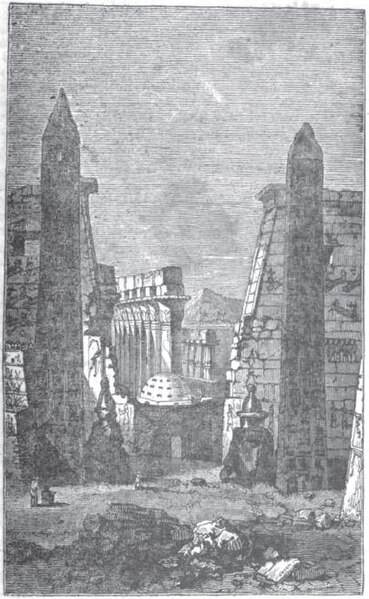
The original two obelisks, as seen in 1832. The one on the right is now in Paris, known as the Luxor Obelisk.
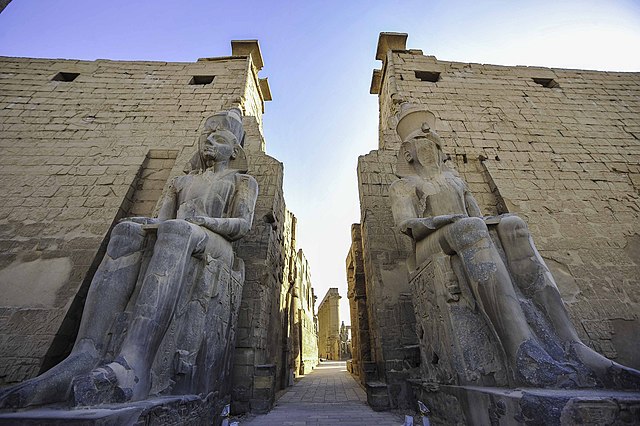
Statues of Ramesses II at the entrance through the first Pylon of Luxor Temple
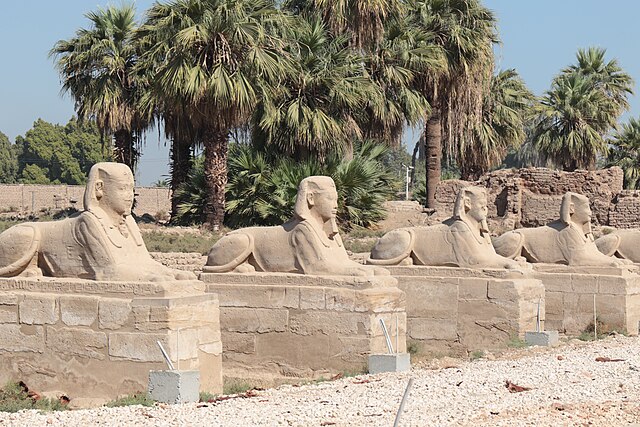
Luxor's Avenue of Sphinxes, an avenue of human headed sphinxes which once connected the temples of Karnak and Luxor.
Luxor
Videos
Page
Luxor is a city in Upper Egypt, which includes the site of the Ancient Egyptian city of Thebes. Luxor had a population of 1,333,309 in 2020, with an area of approximately 417 km2 (161 sq mi) and is the capital of the Luxor Governorate. It is among the oldest inhabited cities in the world.
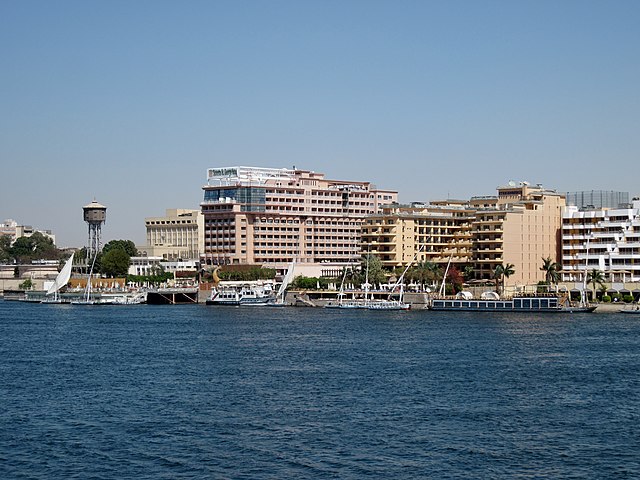
Image: Luxor 11
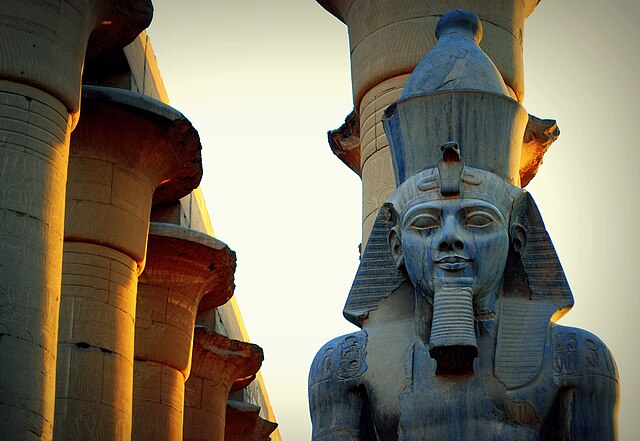
Image: Ramses II in Luxor Temple
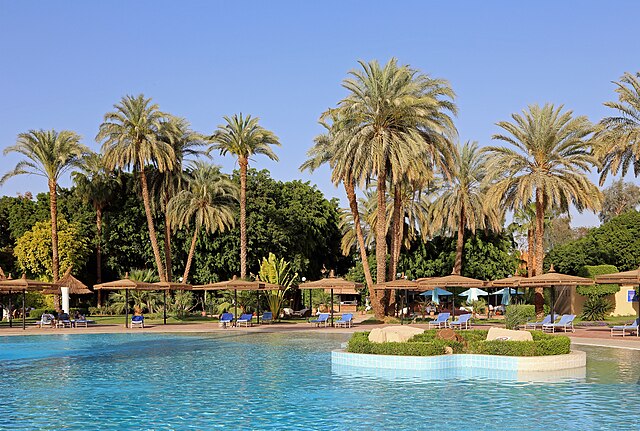
Image: Luxor Maritim Jolie Ville Hotel R18
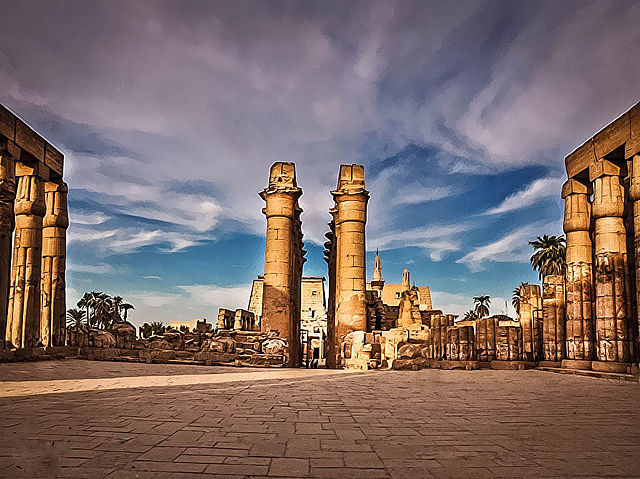
Image: بانوراما من داخل معبد الاقصر